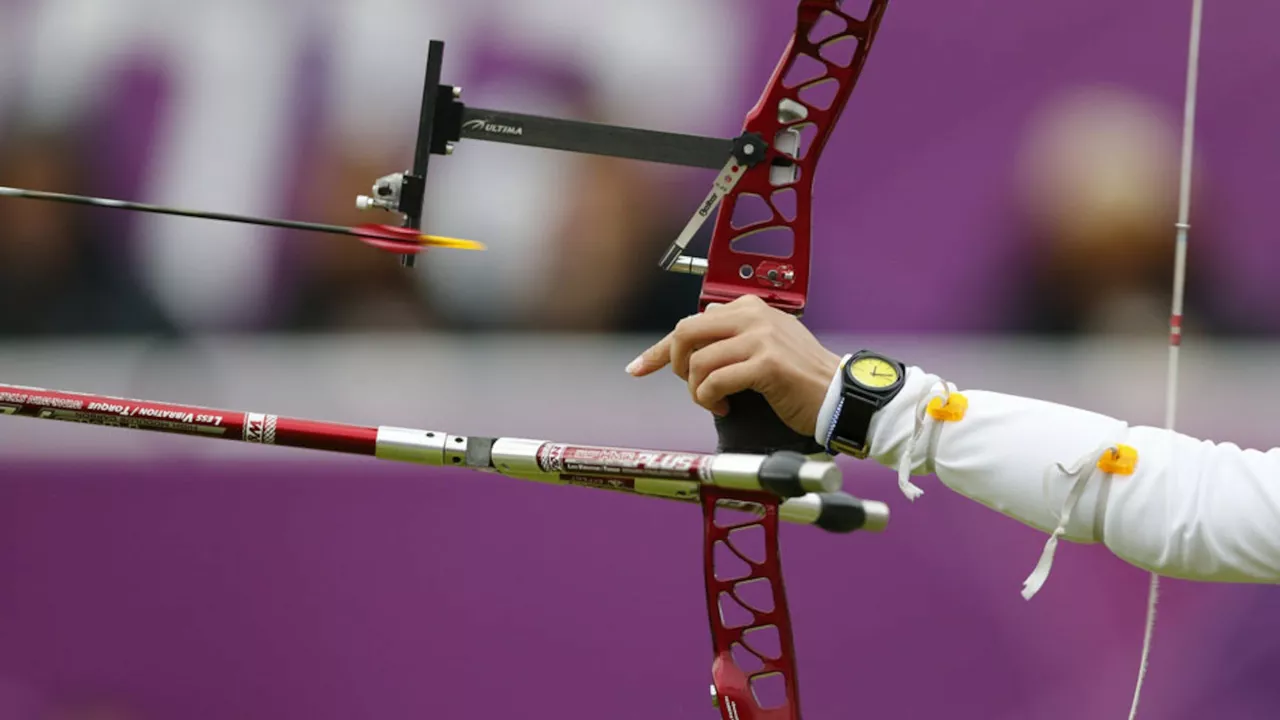Eligibility – What It Means and Why It Matters
When dealing with eligibility, the set of rules that decide who can take part in a specific activity, program, or competition. Also known as qualification criteria, it forms the backbone of fair play and legal compliance. Understanding eligibility helps you avoid surprises and plan your path to participation.
One of the first things to check is the requirements, the documented skills, equipment or certifications needed to qualify. For archery, this could mean holding a valid membership, completing a safety course, or possessing a certain bow type. Meeting the requirements is the baseline; miss one, and you’re out of the running.
Another common factor is the age limit, the minimum or maximum age set by an organization or law. Youth leagues often cap participants at 18, while senior categories may start at 50. Age limits protect younger athletes and keep competition balanced, and they also tie into insurance and legal obligations.
Key Factors That Influence Eligibility
Beyond requirements and age, membership criteria play a huge role. Clubs like Eccles Archery Community usually ask for a signed agreement, a fee, and proof of residence. Some programs require a background check or medical clearance, especially for high‑impact sports. These criteria ensure members are committed and safe.
Legal restrictions are another piece of the puzzle. Certain regions ban specific equipment, like crossbows or high‑draw‑weight compound bows, unless you hold a special permit. Knowing local laws prevents penalties and keeps the sport thriving. This is especially true for public ranges that must follow national safety standards.
Eligibility can also be tied to competition level. Amateur events often restrict participants who have earned a professional ranking, while elite tournaments demand a minimum score history. This separation protects the integrity of each tier and gives newcomers a fair chance to develop.
Financial eligibility sometimes slips under the radar. Scholarships, grants, or reduced‑fee programs exist for low‑income athletes. If you meet the income criteria, you can access gear, coaching, and tournament entry fees that would otherwise be out of reach.
Eligibility isn’t static; many organizations review criteria annually. Changes in equipment technology or safety research can tighten rules, while growing participation may loosen them to attract more members. Staying updated means you won’t be caught off guard at the next registration deadline.
All these elements—requirements, age limits, membership criteria, legal rules, competition level, and financial considerations—interlock to shape who can step onto the line and pull the trigger. By breaking them down, you can map a clear route to your archery goals or any other activity you’re eyeing.
Now that you know what drives eligibility, scroll down to see how these concepts appear across our latest posts. You’ll find practical tips, myth‑busting facts, and real‑world examples that show eligibility in action, whether you’re aiming for a local club, a national tournament, or just a safe practice session.
